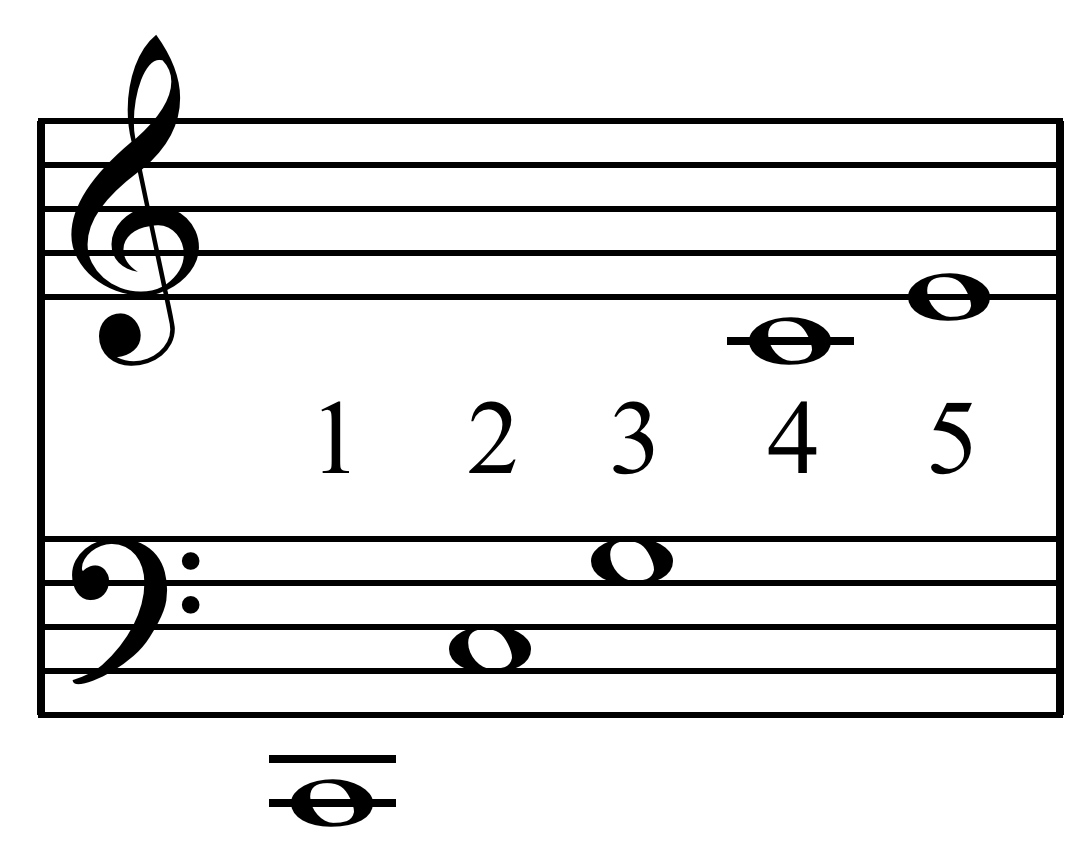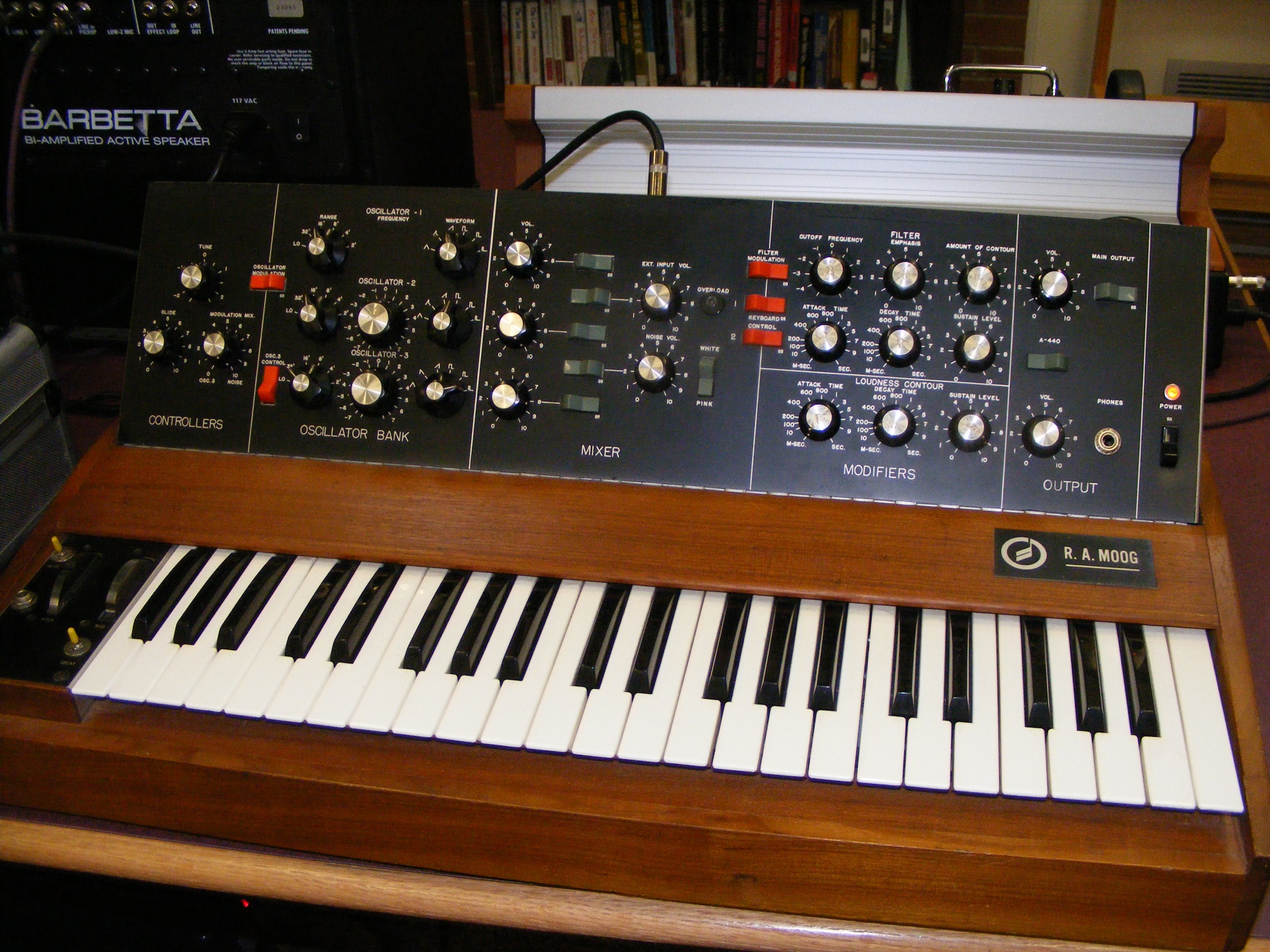|
Microtuner
A microtuner or microtonal tuner is an electronic device or software program designed to modify and test the tuning of musical instruments (in particular synthesizers) with microtonal precision, allowing for the design and construction of microtonal scales and just intonation scales, and for tuning intervals that may differ from those of common Western equal temperament. The term also indicates a high-precision mechanical tuning device found on some vintage Conn brand brass and reed instruments (mostly cornets and alto saxophones). These were first introduced with their 1918 catalog and manufactured until about 1954. Such devices were also offered with some vintage saxophones manufactured in Europe by Beaugnier, Dolnet, Hüller, Keilwerth and other famous makers in the same period. See also * Computer music * Electronic tuner *Microtonal music Microtonal music or microtonality is the use in music of microtones— intervals smaller than a semitone, also called "micro ... [...More Info...] [...Related Items...] OR: [Wikipedia] [Google] [Baidu] |
Microtonality
Microtonal music or microtonality is the use in music of microtones— intervals smaller than a semitone, also called "microintervals". It may also be extended to include any music using intervals not found in the customary Western tuning of twelve equal intervals per octave. In other words, a microtone may be thought of as a note that falls between the keys of a piano tuned in equal temperament. In ''Revising the musical equal temperament,'' Haye Hinrichsen defines equal temperament as “the frequency ratios of all intervals are invariant under transposition (translational shifts along the keyboard), i.e., to be constant. The standard twelve-tone ''equal temperament'' (ET), which was originally invented in ancient China and rediscovered in Europe in the 16th century, is determined by two additional conditions. Firstly the octave is divided into twelve semitones. Secondly the octave, the most fundamental of all intervals, is postulated to be pure (beatless), as described by th ... [...More Info...] [...Related Items...] OR: [Wikipedia] [Google] [Baidu] |
Electronic Tuner
In music, an electronic tuner is a device that detects and displays the pitch of musical notes played on a musical instrument. "Pitch" is the perceived fundamental frequency of a musical note, which is typically measured in Hertz. Simple tuners indicate—typically with an analog needle or dial, LEDs, or an LCD screen—whether a pitch is lower, higher, or equal to the desired pitch. Since the early 2010s, software applications can turn a smartphone, tablet, or personal computer into a tuner. More complex and expensive tuners indicate pitch more precisely. Tuners vary in size from units that fit in a pocket to 19" rack-mount units. Instrument technicians and piano tuners typically use more expensive, accurate tuners. The simplest tuners detect and display tuning only for a single pitch—often "A" or "E"—or for a small number of pitches, such as the six used in the standard tuning of a guitar (E,A,D,G,B,E). More complex tuners offer chromatic tuning for all 12 pitches ... [...More Info...] [...Related Items...] OR: [Wikipedia] [Google] [Baidu] |
Just Intonation
In music, just intonation or pure intonation is the tuning of musical intervals as whole number ratios (such as 3:2 or 4:3) of frequencies. An interval tuned in this way is said to be pure, and is called a just interval. Just intervals (and chords created by combining them) consist of tones from a single harmonic series of an implied fundamental. For example, in the diagram, if the notes G3 and C4 (labelled 3 and 4) are tuned as members of the harmonic series of the lowest C, their frequencies will be 3 and 4 times the fundamental frequency. The interval ratio between C4 and G3 is therefore 4:3, a just fourth. In Western musical practice, instruments are rarely tuned using only pure intervals—the desire for different keys to have identical intervals in Western music makes this impractical. Some instruments of fixed pitch, such as electric pianos, are commonly tuned using equal temperament, in which all intervals other than octaves consist of irrational-number freque ... [...More Info...] [...Related Items...] OR: [Wikipedia] [Google] [Baidu] |
Equal Temperament
An equal temperament is a musical temperament or tuning system, which approximates just intervals by dividing an octave (or other interval) into equal steps. This means the ratio of the frequencies of any adjacent pair of notes is the same, which gives an equal perceived step size as pitch is perceived roughly as the logarithm of frequency. In classical music and Western music in general, the most common tuning system since the 18th century has been twelve-tone equal temperament (also known as 12 equal temperament, 12-TET or 12-ET; informally abbreviated to twelve equal), which divides the octave into 12 parts, all of which are equal on a logarithmic scale, with a ratio equal to the 12th root of 2 ( ≈ 1.05946). That resulting smallest interval, the width of an octave, is called a semitone or half step. In Western countries the term ''equal temperament'', without qualification, generally means 12-TET. In modern times, 12-TET is usually tuned relative to a standard pit ... [...More Info...] [...Related Items...] OR: [Wikipedia] [Google] [Baidu] |
Tuner (other)
Tuner may refer to someone or something which adjusts or configures a mechanical, electronic, or musical device. Electronic * Antenna tuner, a device to adjust the resonance frequency of an antenna or transmission line * ATSC tuner, a device that receives digital television broadcasts * Tuner (radio), a module or device which separates out one channel from low-amplitude radio-frequency signals for further processing * TV tuner card, a device that allows reception of television on a computer * TV gateway, or network TV tuner, a device that receives digital television broadcasts and streams them over an IP network Musical * Electronic tuner, a device used by musicians and technicians to measure the pitch of a musical instrument to adjust or correct the input signal to the desired pitch * Tuning mechanisms for stringed instruments, such as tuning pegs, tuning pins, tuning levers, & konso ** Machine head, a flat handle for the worm gear on a string instrument upon which a st ... [...More Info...] [...Related Items...] OR: [Wikipedia] [Google] [Baidu] |
Scala (program)
Scala is a freeware software application with versions supporting Windows, macOS, and Linux. It allows users to create and archive musical scales, analyze and transform them with built-in theoretical tools, play them with an on-screen keyboard or from an external MIDI keyboard, and export them to hardware and software synthesizers. Scala can retune MIDI streams and files using pitch bend. It also supports MIDI sysex and file-based tunings. Originally a command-line program, Scala now uses the GTK+ GUI toolkit. Scala is written in the Ada programming language, and is the work of Manuel Op de Coul of the Netherlands. Scala can also be used as a midi sequencer, by way of its ASCII-based sequencing format, ''seq''. Because of its great flexibility when it comes to tuning formats, it is a very powerful tool for those who want to compose and sequence microtonal music. Scala's motto is , Latin for 'it finds and perfects' or 'it discovers and accomplishes'. Its logo is a Renaissan ... [...More Info...] [...Related Items...] OR: [Wikipedia] [Google] [Baidu] |
Musical Tuning
In music, there are two common meanings for tuning: * Tuning practice, the act of tuning an instrument or voice. * Tuning systems, the various systems of pitches used to tune an instrument, and their theoretical bases. Tuning practice Tuning is the process of adjusting the pitch of one or many tones from musical instruments to establish typical intervals between these tones. Tuning is usually based on a fixed reference, such as A = 440 Hz. The term "''out of tune''" refers to a pitch/tone that is either too high ( sharp) or too low ( flat) in relation to a given reference pitch. While an instrument might be in tune relative to its own range of notes, it may not be considered 'in tune' if it does not match the chosen reference pitch. Some instruments become 'out of tune' with temperature, humidity, damage, or simply time, and must be readjusted or repaired. Different methods of sound production require different methods of adjustment: * Tuning to a pitch with one's voi ... [...More Info...] [...Related Items...] OR: [Wikipedia] [Google] [Baidu] |
Microtonal Music
Microtonal music or microtonality is the use in music of microtones— intervals smaller than a semitone, also called "microintervals". It may also be extended to include any music using intervals not found in the customary Western tuning of twelve equal intervals per octave. In other words, a microtone may be thought of as a note that falls between the keys of a piano tuned in equal temperament. In ''Revising the musical equal temperament,'' Haye Hinrichsen defines equal temperament as “the frequency ratios of all intervals are invariant under transposition (translational shifts along the keyboard), i.e., to be constant. The standard twelve-tone ''equal temperament'' (ET), which was originally invented in ancient China and rediscovered in Europe in the 16th century, is determined by two additional conditions. Firstly the octave is divided into twelve semitones. Secondly the octave, the most fundamental of all intervals, is postulated to be pure (beatless), as described by t ... [...More Info...] [...Related Items...] OR: [Wikipedia] [Google] [Baidu] |
Electronic Music
Electronic music is a Music genre, genre of music that employs electronic musical instruments, digital instruments, or electronics, circuitry-based music technology in its creation. It includes both music made using electronic and electromechanical means (electroacoustic music). Pure electronic instruments depended entirely on circuitry-based sound generation, for instance using devices such as an electronic oscillator, theremin, or synthesizer. Electromechanical instruments can have mechanical parts such as strings, hammers, and electric elements including pickup (music technology), magnetic pickups, power amplifiers and loudspeakers. Such electromechanical devices include the telharmonium, Hammond organ, electric piano and the electric guitar."The stuff of electronic music is electrically produced or modified sounds. ... two basic definitions will help put some of the historical discussion in its place: purely electronic music versus electroacoustic music" ()Electroacoustic m ... [...More Info...] [...Related Items...] OR: [Wikipedia] [Google] [Baidu] |
Tuning (other)
Tuning can refer to: Common uses * Tuning, the process of tuning a tuned amplifier or other electronic component * Musical tuning, musical systems of tuning, and the act of tuning an instrument or voice ** Guitar tunings ** Piano tuning, adjusting the pitch of pianos using a tuning fork or a frequency counter * Neuronal tuning, the property of brain cells to selectively represent a particular kind of sensory, motor or cognitive information * Radio tuning * Performance tuning - the optimization of systems, especially computer systems, which may include: ** Car tuning, an industry and hobby involving modifying automobile engines to improve their performance *** Engine tuning, the adjustment, modification, or design of internal combustion engines to yield more performance ** Computer hardware tuning ** Database tuning ** Self-tuning, a system capable of optimizing its own internal running parameters Arts, entertainment, and media * "Tuning", a song by Avail from their album ''D ... [...More Info...] [...Related Items...] OR: [Wikipedia] [Google] [Baidu] |
Synthesizer
A synthesizer (also spelled synthesiser) is an electronic musical instrument that generates audio signals. Synthesizers typically create sounds by generating waveforms through methods including subtractive synthesis, additive synthesis and frequency modulation synthesis. These sounds may be altered by components such as filters, which cut or boost frequencies; envelopes, which control articulation, or how notes begin and end; and low-frequency oscillators, which modulate parameters such as pitch, volume, or filter characteristics affecting timbre. Synthesizers are typically played with keyboards or controlled by sequencers, software or other instruments, and may be synchronized to other equipment via MIDI. Synthesizer-like instruments emerged in the United States in the mid-20th century with instruments such as the RCA Mark II, which was controlled with punch cards and used hundreds of vacuum tubes. The Moog synthesizer, developed by Robert Moog and first ... [...More Info...] [...Related Items...] OR: [Wikipedia] [Google] [Baidu] |







